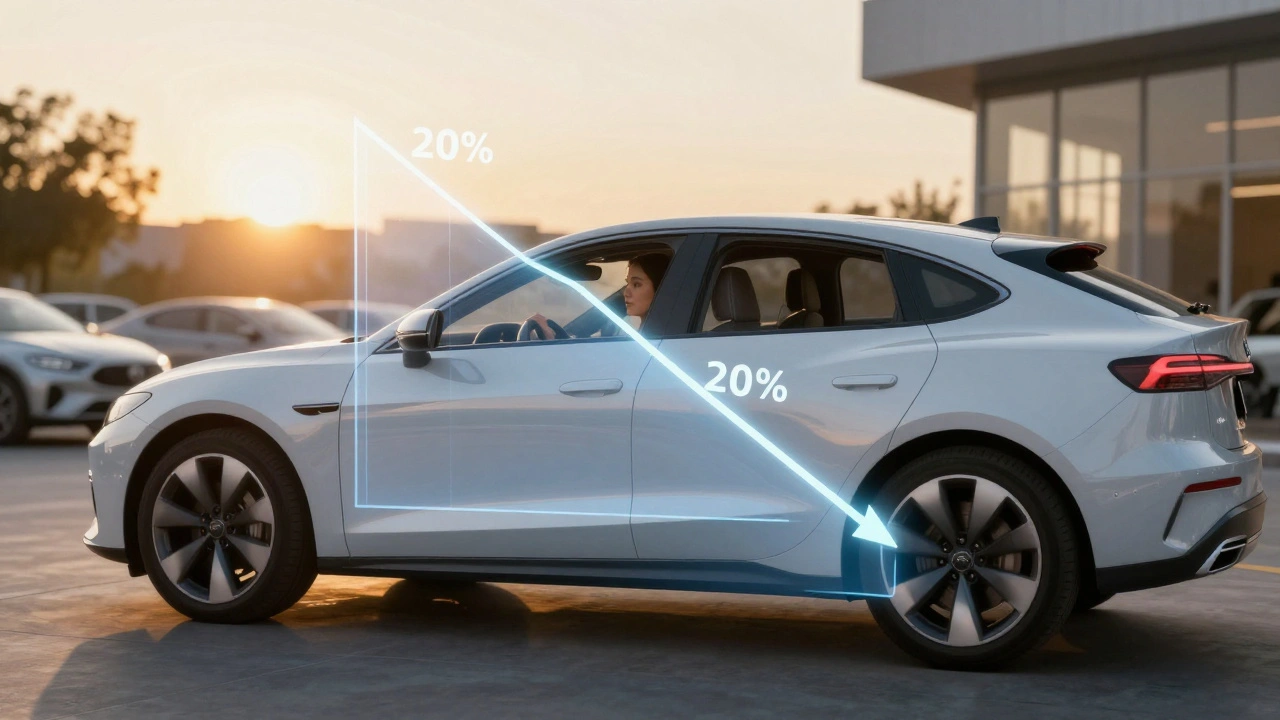Electric Car Test Drive: What You Need to Know Before You Hit the Road
When you take an electric car test drive, a hands-on experience with a battery-powered vehicle designed to replace traditional gasoline engines. Also known as an EV test drive, it’s not just about how fast it goes—it’s about how it feels to drive without an engine noise, how far you can actually go before needing to recharge, and whether the charging setup in your area makes sense for your life.
Most people expect electric cars to be quiet and quick—and they are. But what you won’t notice until you drive one is how different the braking feels. Regenerative braking means the car slows down when you lift off the accelerator, often eliminating the need to touch the brake pedal in city traffic. That’s a big shift if you’ve only driven gas cars. Then there’s the EV range, the distance an electric vehicle can travel on a single charge. electric vehicle range varies wildly: some models go under 200 miles, others over 400. If you mostly drive around town, 250 miles is plenty. But if you take long trips often, you’ll want to check the charging infrastructure, the network of public and private charging stations available along your routes. EV charging network matters just as much as the car itself.
Don’t assume all electric cars are the same. A Tesla Model 3 handles differently than a Hyundai Ioniq 5 or a Ford Mustang Mach-E. Some have one-pedal driving, others don’t. Some charge at 150 kW, others max out at 100 kW. That means a 15-minute stop might give you 80 miles of range on one car and only 50 on another. Ask the dealer how long it takes to charge from 10% to 80% using a DC fast charger—that’s the real-world number that affects road trips. Also, check if the car comes with a home charger or if you need to buy one separately. Installing a Level 2 charger at home can cost $500 to $2,000, depending on your electrical setup.
And here’s something no one tells you: cold weather cuts range. In winter, you might lose 20% to 30% of your listed range. That’s not a defect—it’s physics. Battery chemistry slows down in the cold, and heating the cabin uses power. If you live where it snows, ask about preconditioning features that warm the battery while plugged in. That helps preserve range and charge faster when you’re ready to go.
What you’re really testing isn’t just the car—it’s whether your life fits with electric driving. Do you have a garage or driveway where you can plug in? Are you okay with planning stops on long trips? Can you handle waiting 20 minutes for a charge instead of 5 minutes at a gas station? These aren’t minor details. They’re the real dealbreakers.
Below, you’ll find real stories and practical advice from people who’ve been through the electric car test drive process. Some switched after one drive. Others walked away. No fluff. Just what works, what doesn’t, and what you need to ask before you commit.

EV Test Drive: What to Expect and What to Check
- 14 Comments
- Oct, 12 2025
An EV test drive isn't like a gas car test drive. Learn what to expect-silent acceleration, one-pedal driving, real-world range-and what to check before you buy. Avoid common mistakes and know what really matters.




